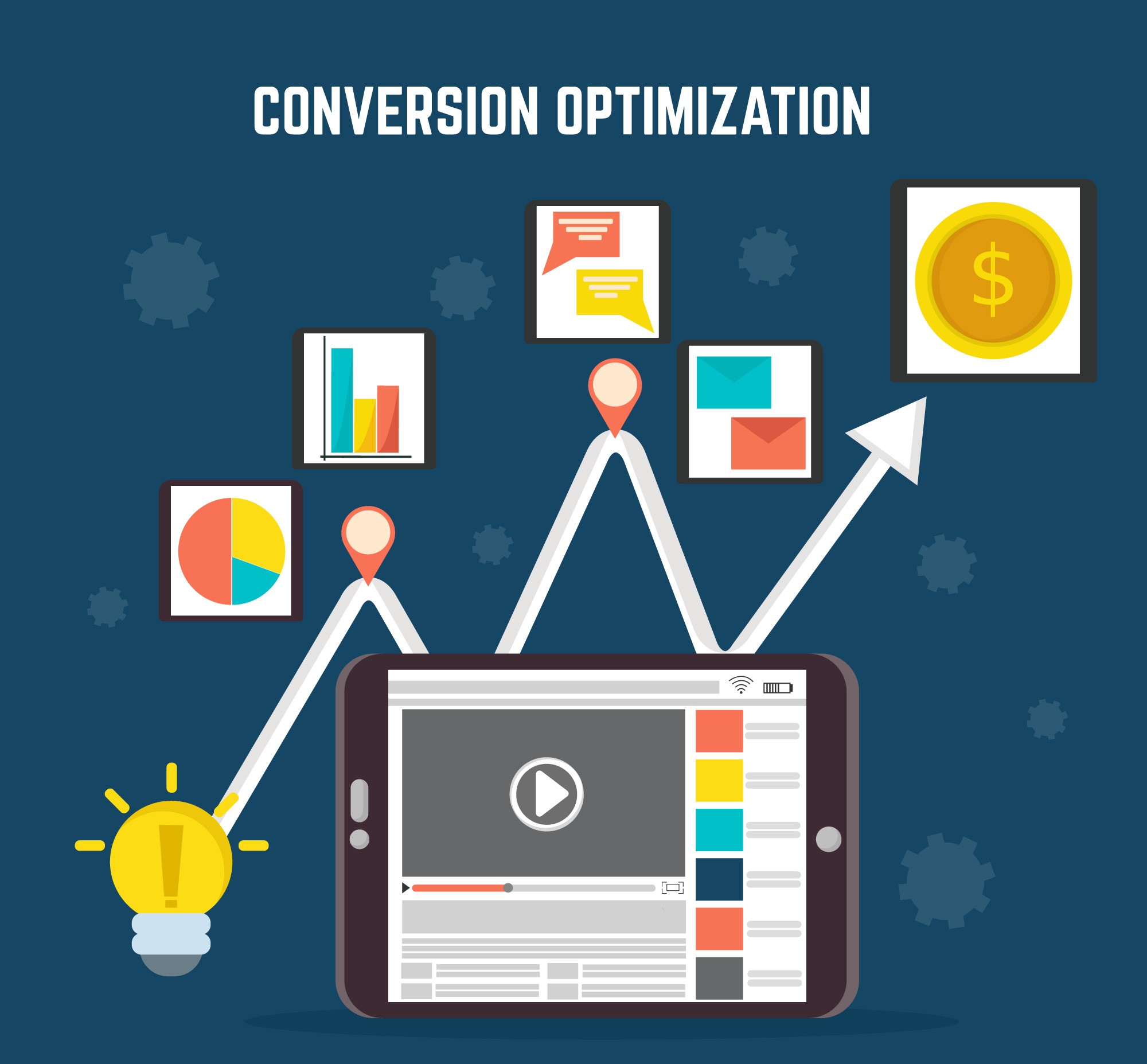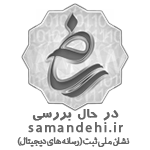In the era of digital transformation and the entry into Industry 5.0, the Industrial Internet of Things (IIoT) is recognized as one of the most effective technologies in improving performance, increasing productivity, and reducing operating costs.
IIoT is a combination of sensors, telemetry, cloud computing, and industrial automation that enables data exchange between machines, humans, and systems. Arcagg has also played an effective role in updating the country’s industrial infrastructure by providing IIoT-based solutions.
What is IIoT and how is it different from IoT?
While IoT focuses more on consumer devices such as smart homes or wearables, IIoT is dedicated to the application of the Internet of Things in industrial environments such as factories, power plants, and production lines.
Key features of IIoT:
Connecting industrial machines and equipment to the network
Gathering accurate data from sensors and telemetry systems
Analyzing data in real time (Real-Time Analytics)
Automated decision-making to optimize performance
Main components of the Industrial Internet of Things
Sensors and measuring devices: Responsible for collecting data from the environment and equipment.
Gateways: Transfer data from devices to the server.
Cloud platform: A place to store, analyze, and visualize data.
Industrial software: Tools for control, alerting, and automated decision-making.
IIoT applications in industries
Oil and gas: Monitoring pressure, temperature, and valve status through connected sensors.
Automotive: Accurate control of assembly lines and predictive maintenance.
Energy and power plants: Intelligent management of energy consumption and reduction of outages.
Pharmaceuticals and Medicine: Accurate monitoring of environmental conditions for drug production.
The role of telemetry in IIoT
Telemetry is a vital part of the Industrial Internet of Things, enabling the transmission of data from remote equipment to a control center.
At Arcagg, telemetry solutions collect data from the industrial environment and transmit it to cloud systems using wireless communications (GSM, LTE, LoRa) and secure protocols.
Benefits of IIoT for Industries
Increase productivity and reduce costs
Reduce human error
Make faster decisions based on real data
Predictive Maintenance capabilities
Reduce downtime
Challenges and limitations
Although IIoT has numerous benefits, it also has challenges:
Cybersecurity and attacks on connected devices
Requirement for a strong communication infrastructure
Integrating old hardware with new systems
Shortage of skilled labor
The future of the Industrial Internet of Things
With the advancement of Edge Computing and Artificial Intelligence (AI) technologies, the next generation of IIoT will be able to make decisions at the point of data occurrence and without dependence on the cloud server.
In the coming years, IIoT will not only be a data management tool, but will also become the brains of the industry.
Arcagg’s Role in IIoT Development
Arcagg Company, focusing on the design and implementation of intelligent industrial systems, offers the following services in the IIoT field:
Design and installation of industrial and telemetry sensors
Development of web-based analytical platforms
Connecting production lines to the cloud
Training and technical support
Conclusion
The Industrial Internet of Things is the backbone of the future of modern industry. Organizations that take this path today will be the leaders in global competition tomorrow.
If you are also looking to implement IIoT solutions in your organization, Arcagg’s expert team is ready to provide expert advice.




